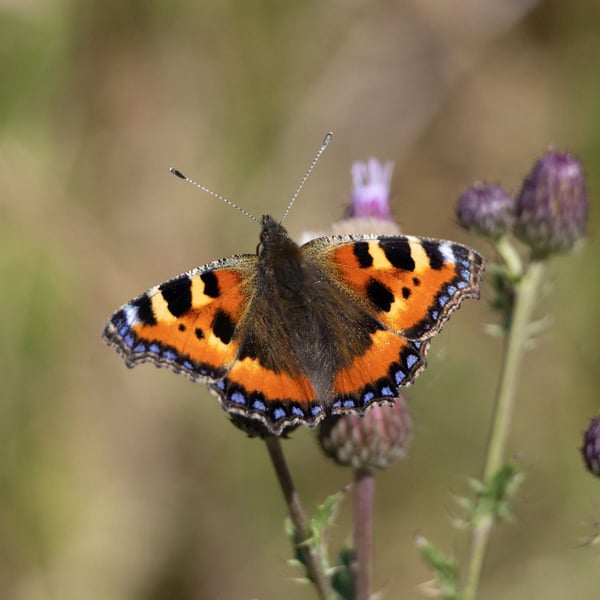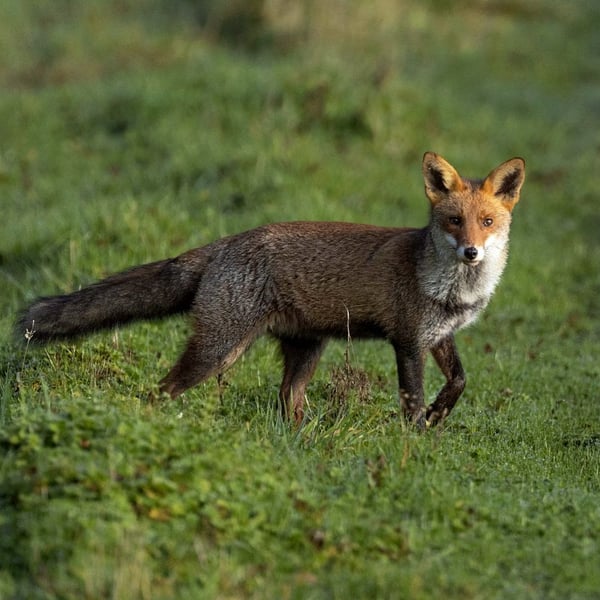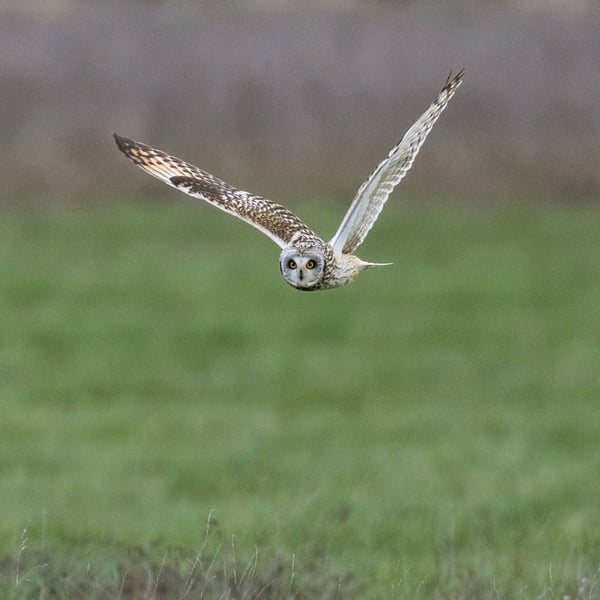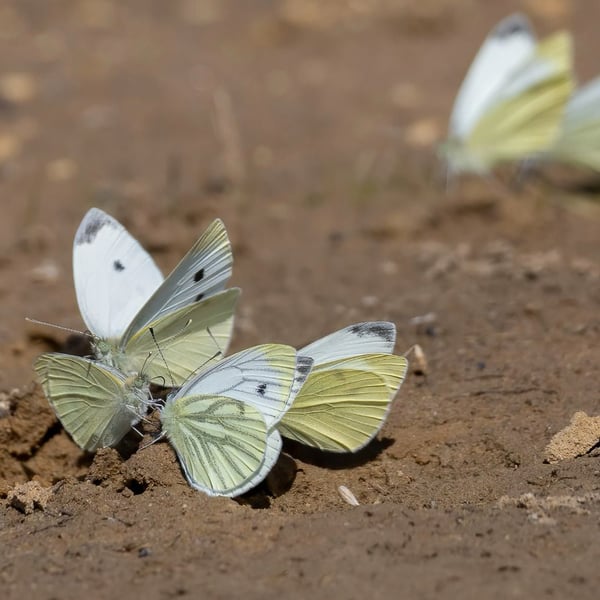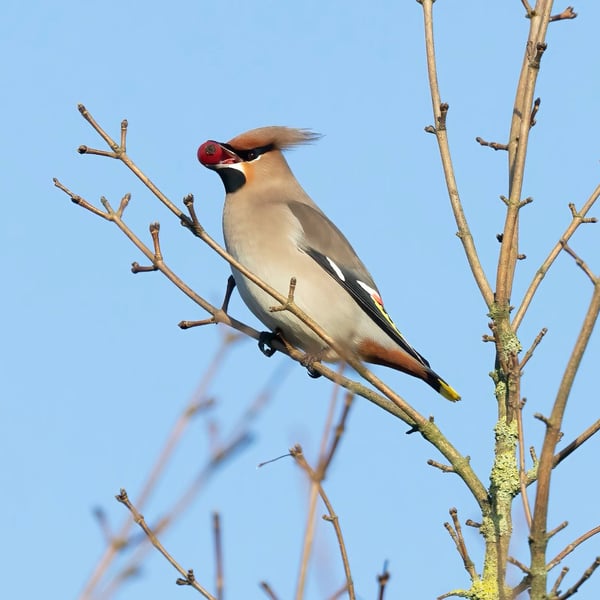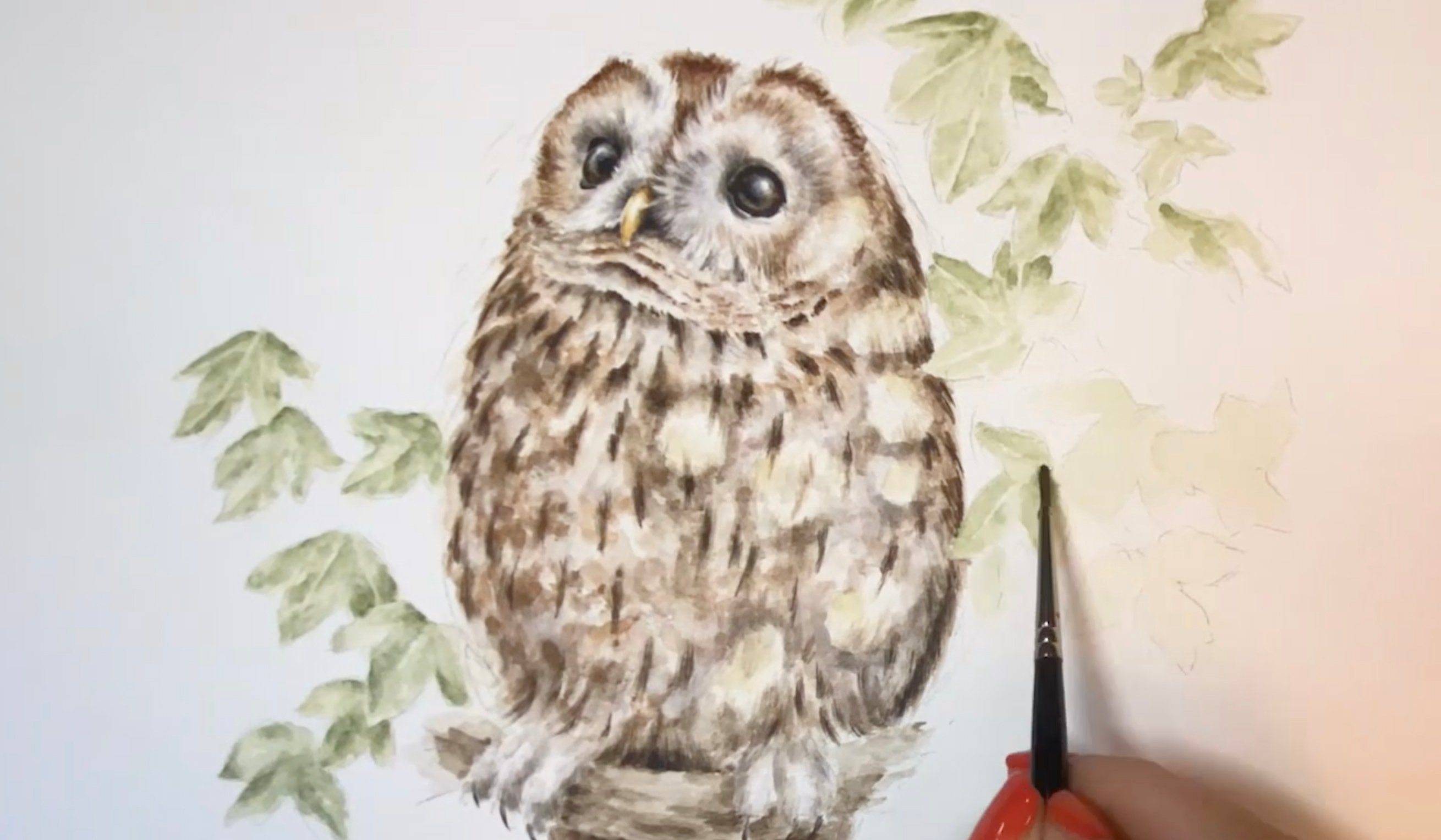- Home
- Written by Wrendale
- On the farm with Wrendale - Where it all began
On the farm with Wrendale - Where it all began
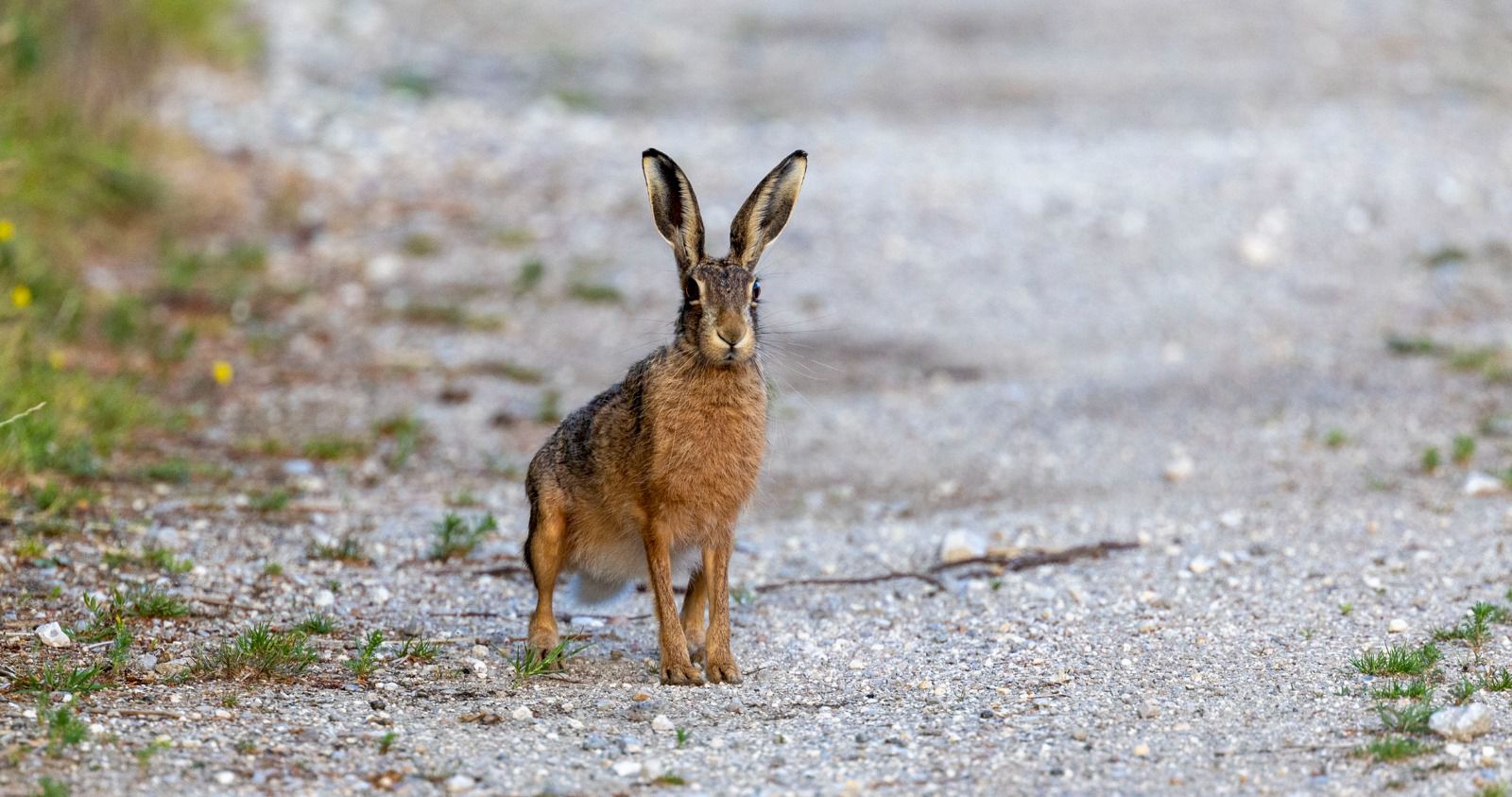
In 2015, Jack sadly and unexpectedly lost his dad to a brain tumour. It was sudden and shocking. The illness took him so swiftly that he never knew that he was ill and picking up the pieces after he died was extremely painful. Ed had been an entrepreneurial and inspirational farmer in Lincolnshire. He pioneered new technology for planting seeds, long before 'regenerative farming' had entered the general vernacular, that preserved soil structure and helped to farm in a more sustainable way. As a result of his death, Jack inherited 300 acres of farmland many years before he expected or wanted it.
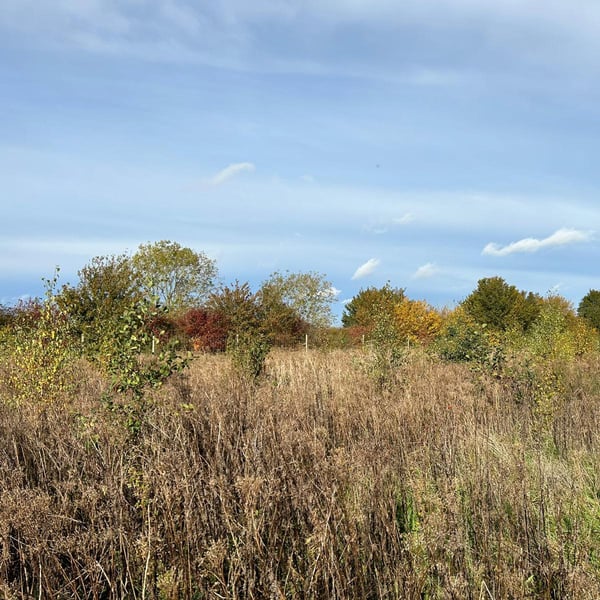
The land Jack inherited possesses in abundance what his dad affectionately referred to as ‘character’. Claimed from marshy wetlands by the drainage experts of the 17th century, it is stubborn land that does not want to be cajoled into producing food for its human custodians. Fighting against its natural inclination to be wet, despite the best efforts of land drains and drainage ditches, much of it sits under water during the winter before the clay soil bakes hard in the summer opening up deep fissures and strangling anything that tries to grow in its inhospitable tilth.
Despite the challenges, we tried unsuccessfully for the first few years to generate a profitable harvest from the land. The stress of watching the weather is an occupational hazard for all farmers and it is invariably too wet, too hot, too cold or too dry at any one time but the frustration of watching a crop of winter wheat drown under stagnant water or trying to persuade a seed to germinate on dusty baked-hard ground was painful and we started to think about other ways the land might be used.
The idea of devoting our marginal, unproductive land to nature appealed to us both. It felt like a good way to honour Ed, and it also seemed like an appropriate way to 'give back'. I take all of the inspiration for my art from the natural world so helping to restore it to our tired and depleted farm felt like the right thing to do.
Four years ago, we harvested our last crop. Freed from cultivation and the strangling effects of pesticides, the land was once again able to breathe and it was incredible how quickly we began to see a surge in biodiversity and bio abundance on the farm. The most startling impact has been the increase in the numbers of birds on the farm. In spring, the hedgerows, billowing like clouds with fragrant blossom, are alive with birdsong and the beating of tiny invertebrate wings. With the help of an expert ecologist, we recorded over 450 nesting territories of different birds over the past 12 months, including 38 skylark territories, their languorous warbles raining down from the sky all summer long. Kestrels nest in cracked willows that border the farm. Barn owls glide silently over the fields at dusk and tawny owls call to each other across the farm with ghostly hoots. Hares race across the fields and foxes pounce on voles that scurry through a network of tunnels in the grass. Shy roe deer graze at the edge of the woodland, bounding away with effortless style as soon as they detect our presence. We excavated some shallow ponds, lined naturally with the blue clay our farm sits on. Within one year, they were filled with pond snails, frogs, toads and even tiny sticklebacks, their eggs transported on the feet of wading birds. Within two years, iridescent blue kingfishers perched on a tangle of branches we had dragged out to the margins of the ponds, diving through the clear water to catch the fish. Over winter, our hedgerows are filled with squabbling thrushes, fieldfares, redwings and blackbirds that strip the branches of their berries. Short eared owls roost amongst the scrubby grassland, hunting noiselessly over the fields, their eyes the colour of egg yolk surrounded by thick black kohl. The ponds have provided habitat for thousands of dragonflies and damselflies, and these have attracted hobbies that manoeuvre across the skies like fighter jets as they hunt for the nimble odonates. An ancient meadow, relieved of the heavy grazing pressure it had been subjected to has started to spring back to life, delicate pignut flowers, cowslips, great burnet and ragged robin have all returned and this has led to a greater diversity of invertebrates including a huge diversity of grassland butterflies. We recorded 23 different species last summer.
By giving our land to nature, it has given back to us in abundance. There is always something new and exciting to see and as you can imagine, it is invaluable as a source of inspiration to me as an artist.
The news is filled with grim stories about the loss we have suffered on our islands - the latest ‘state of nature’ report indicated that our wildlife is in devastating decline with one in six species in danger of being lost. Bird species in particular are in serious trouble with 43% at risk of extinction as a result of human activity. It has only been a few short years since we made the decision to allow nature back to our farm, but the speed with which we have seen nature respond and wildlife return to the land has been both astonishing and incredibly encouraging. It’s not too late to turn things around - if we can all just learn to accept a little more wildness in our gardens and public spaces and obsess just a little less about things being tidy and neat, we can all enjoy the benefits of abundant and diverse habitats, and leave our children with a world that is in a better state than the one we inherited.
Photography credits for this blog go to the wonderful Graham Catley.
ENJOYED READING THIS BLOG?
We think you would love 'Field and feathers - Owl watching on the farm', click here to have a read.
Subscribe to our Newsletter
Archive
- July 2025 (1)
- May 2025 (2)
- April 2025 (2)
- March 2025 (5)
- February 2025 (1)
- January 2025 (3)
- December 2024 (2)
- November 2024 (1)
- October 2024 (1)
- September 2024 (3)
- August 2024 (1)
- July 2024 (2)
- June 2024 (2)
- May 2024 (5)
- April 2024 (3)
- March 2024 (3)
- February 2024 (5)
- January 2024 (3)
- December 2023 (6)
- November 2023 (4)
- October 2023 (3)
- September 2023 (4)
- August 2023 (5)
- July 2023 (4)
- June 2023 (4)
- May 2023 (2)
- April 2023 (6)
- March 2023 (5)
- February 2023 (3)
- January 2023 (5)
- December 2022 (4)
- November 2022 (3)
- October 2022 (3)
- September 2022 (4)
- August 2022 (5)
- July 2022 (2)
- April 2021 (3)
